Wilhelm Reuter (1768 Hildesheim - 1834 Berlin): Woman's head, 1818, Crayon mannerTechnique: Crayon manner on Paper (brown)Stamp: Verso Collector's stamp, Lugt no.: 2037. Adam Politzer (1835-1920). Vienna. 20th century, 19th centuryInscription: Monogrammed and dated in reverse at the top right: "WR 1818".Date: 1818Description: Wilhelm Reuter is one of the exceptional personalities of early 19th century art. Not only because he became involved with the then completely new lithography technique at a particularly early stage and recognised its potential, but also because he did this in a very unusual, today one would say modern way. Hardly any other artist has executed such individual works of art on stone, emphasising the individuality of the stroke. The group of three portraits of women shown here, all painted in 1818, exemplifies this claim. To depict the "spirit that reigns in a good drawing" was his self-declared aim. For the first time, lithography offered the possibility of drawing directly on the stone as freely as with a pen, pencil or brush, thus circumventing the resistance that every other printmaking technique offered the artist due to the material. This made it possible to create spontaneous works similar to drawings, which no longer had to imitate the crayon manner or aquatint. Reuter connects this technical development and the artistic spontaneity that went with it with the discursive basic idea of graphic art. The intimacy of the drawing should become accessible to others and spread far beyond the unique work. It so happens that he signed most of his lithographs and labelled them as finished works of art, although they retained their sketch character. For the first time in the history of printmaking, it was possible to transfer the peculiarity of the drawing into a reproducing medium, and no one used this as intensively as Wilhelm Reuter. He came into contact with the new technique, which Aloys Senefelder patented in Munich in 1798, at a very early stage and contributed to its wide dissemination by publishing the collection Polyautographische Zeichnungen vorzglicher Berliner Knstler in 1804. Only Benjamin West and Johann Heinrich Fssli in England were as intensively committed to dissemination as Reuter. He taught Karl Friedrich Schinkel, Karl Blechen, Franz Krger, Gottfried Schadow and Bonaventura Genelli the lithographic technique and won them over to his project. The true triumph of lithography went hand in hand with the democratisation of society. It offered the politically active citizen the ideal basis for using images and words to exert an unprecedented degree of influence. Honor Daumier's more than 4000 lithographs are only a small part of this democratic aspect of lithography, which Schadow already recognised when the technique was first developed: "With this newly discovered manner, which requires no more time than a drawing on paper, time and costs would be saved" and for Reuter, too, it succeeds so that "every drawing is original".Provenance: A. Politzer, Wien.Literature: Winkler, Friedrich: Die groen Zeichner; Berlin 1951. Cat. Rais. No.: 273. Keywords: 19th century, Biedermeier, Portraits, Germany, Size: 24,4 cm x 19,5 cm (9,6 x 7,7 in), Depiction: 20,8 cm x 16,2 cm (8,2 x 6,4 in)Condition: Good condition. full paper margin, at lower left margin tiny restored tear (as good as not visible). Small hole to the right of the nose (old restored).

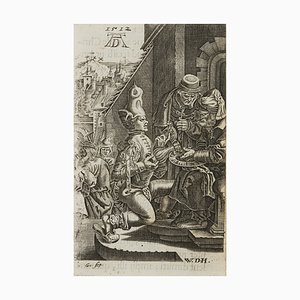
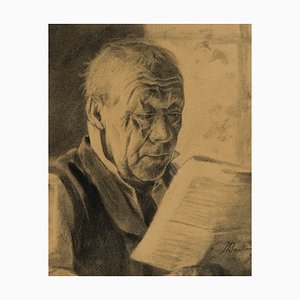


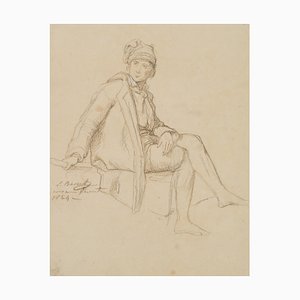

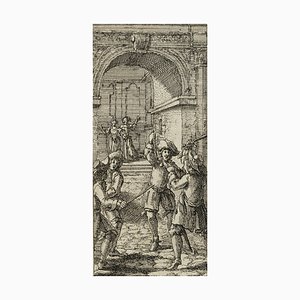

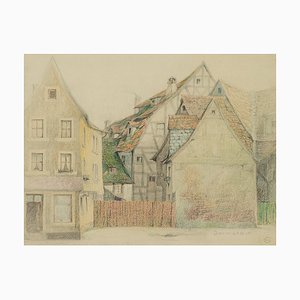
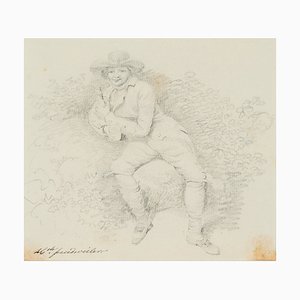

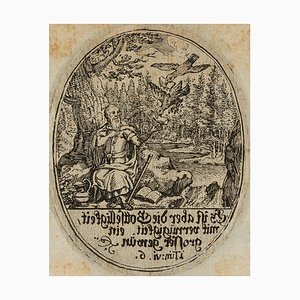

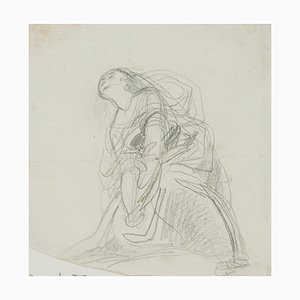
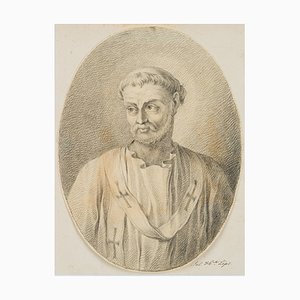

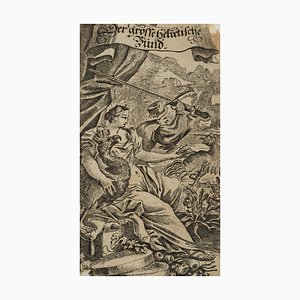

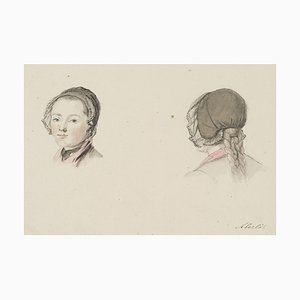
Get in Touch
Make An Offer
We noticed you are new to Pamono!
Please accept the Terms & Conditions and Privacy Policy
Get in Touch
Make An Offer
Almost There!
To follow your conversation on the platform, please complete the registration. To proceed with your offer on the platform, please complete the registration.Successful
Thanks for your inquiry, someone from our team will be in touch shortly
If you are a Design Professional, please apply here to get the benefits of the Pamono Trade Program